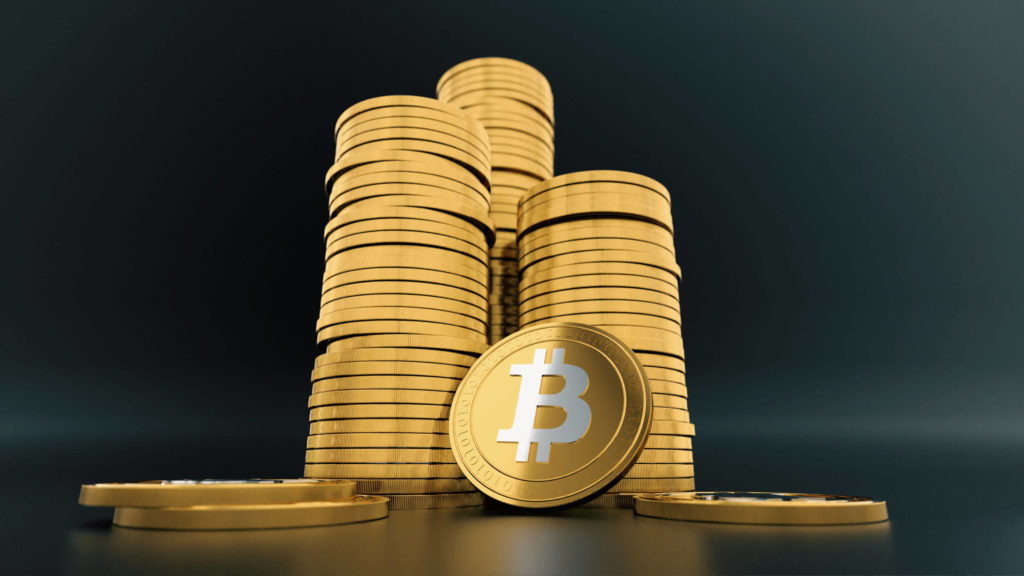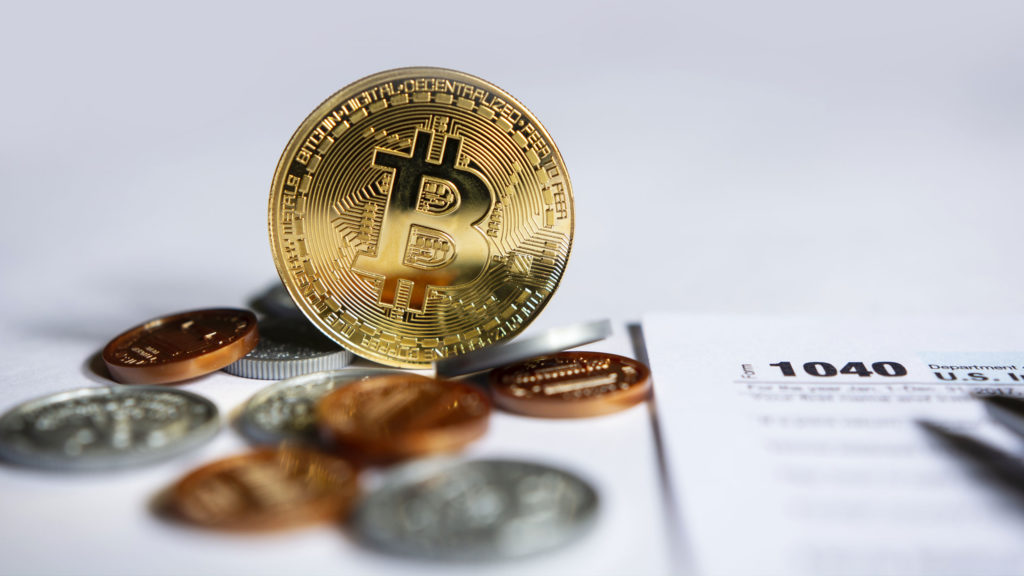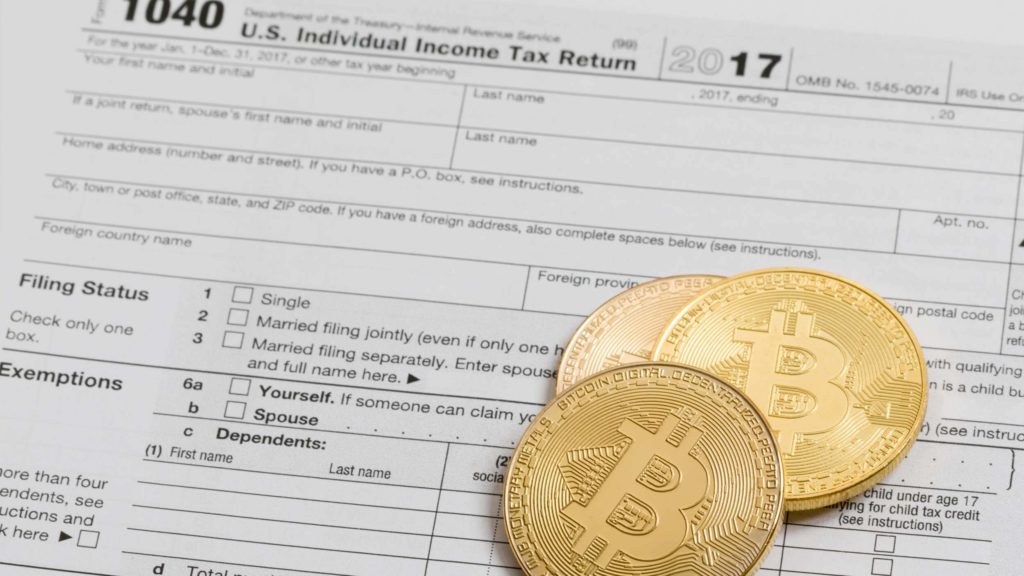Bitcoins are digital gold. They’re valuable, and they’re finite. Many investors see this as a key property that sets Bitcoin apart from other cryptocurrencies.
But can the maximum number of bitcoins be changed? And what would happen if it were? In this article, we’ll take a closer look at this question.
Who Created Bitcoin?
You can probably rattle off the names of many of the world’s richest people – Jeff Bezos, Elon Musk, Bill Gates, Mark Zuckerberg, and Warren Buffett. You can even name the technology or industry that made them wealthy. But can you name the inventor(s) of Bitcoin in 2009? You won’t find a picture of that person or read his or her autobiography.
The identity of Bitcoin’s creator is known only as “Satoshi Nakamoto.” It is presumed to be the pseudonymous name for one or more people that released a white paper describing the original cryptocurrency software known as Bitcoin. That cryptocurrency is now worth more than $1 Trillion. It is the cryptocurrency that rewired the global financial world.
It began in August 2008, when the domain name was registered without any fanfare – no hype, not even a press release. Its existence went unnoticed until a couple of months later when the white paper entitled ‘Bitcoin: A Peer-to-Peer Electronic Cash System‘ was sent to a cryptography mailing list. That paper is attributed as being authored by Satoshi Nakamoto, of which little else is known about the person(s) credited with introducing Bitcoin to the world.
On January 3, 2009, 30,000 lines of code brought to life the idea of a decentralized online currency known as Bitcoin. In 2010, a few pizzas were probably the first tangible items ever purchased with Bitcoin. Today, the amount of bitcoin used to purchase those pizzas is valued at about $100 million. Nabers Group Solo 401k continues making Bitcoin history today…
What is the Maximum Number (hard cap) of Bitcoins?
The value of Bitcoins has a lot to do with scarcity. In fact, it has a lot to do with absolute scarcity. Fiat currency such as US Dollars has no scarcity. Governments can, and frequently do, print more fiat currency whenever they want. Governments print more money to intentionally create inflation. Governments that borrow money cause inflation intentionally because their debt will be repaid with inflated money that has less value.
Scarcity makes gold and diamonds valuable. But gold and diamonds do not have a known absolute scarcity. When the prices for gold and diamonds are high, mining companies bring more of these scarce commodities onto the market until the price decreases. It is believed there is a limited quantity of gold and diamonds but after thousands of years, we are still able to mine more on-demand. Someday, we might mine these from asteroids. There is not an absolute scarcity of gold and diamonds.
Bitcoin was set at 21 million coins by its anonymous creator, Satoshi Nakamoto. The total number of Bitcoins will never exceed 21 million because that limit is written in Bitcoin’s source code and enforced by network nodes. Twenty-one million is the maximum number of Bitcoins that will ever exist. It is the hard cap giving Bitcoin its value proposition as a currency and as an investment. Bitcoin has an absolute scarcity because no more than that will ever exist. The proposal behind bitcoin, cryptocurrencies, crypto assets, and related digital technology is to accomplish two objectives:
- Create an electronic system for online transactions without the need for a financial institution or third party.
- Have an immutable ledger (“the blockchain”) no one can alter to maintain trust in a trust-less system to eliminate double-spending and other accounting shenanigans.
Can the Maximum Number of Bitcoins be Changed?
There are a few Bitcoin critics claiming that since Bitcoin is nothing more than software, the rules of the Bitcoin network can be changed easily. On the other hand, there is both theoretical and real-life evidence that this will not happen. This is based on Bitcoin being a distributed, consensus-based network. Because there are hundreds of versions of the Bitcoin source code, the code cannot be changed at a single source.
Bitcoin is released in blocks and to become valid, it must be validated by every occurrence of the source code. Every node in the Bitcoin network runs independent software that will reject any invalid blocks. Along with its governance model, this is the theoretical reason that the scarcity of Bitcoin cannot be changed.
In the realm of reality, it is an incentive system. If the hundreds of copies of the source code were identically changed to accept a higher number of Bitcoins, the value of existing Bitcoins would plummet in value. Without absolute scarcity, the value of existing Bitcoin could never be recovered. The people that mine Bitcoin are the ones with an incentive to increase the amount that can be mined. The investors that own Bitcoin have no incentive to increase the amount of Bitcoin because it would decrease the value of their investments.
This reality was confirmed in 2017 when 95% of miners agreed to lift the block size in an attempt to allow Bitcoin to scale. The reality came when nodes and users resisted the shift and successfully forced miners to switch to a different scaling method. The increase in block size was rejected.
How Many Bitcoins Are Left to Mine?
Because of absolute scarcity, determining the number of Bitcoin yet to be mined is a simple math problem. The number is slowly changing, but about 19 million Bitcoin have been mined. The remaining 2 million Bitcoins are expected to be mined by 2041. Right now, each new block adds 6.25 bitcoins into circulation or about 900 new Bitcoins per day. However, by design, the number of bitcoins minted per block is reduced by 50% after every 210,000 blocks, or about once every four years.
Bitcoins can be lost, which further strengthens the scarcity. The exact number that has been lost isn’t known but trusted estimates are that about 3-4 million bitcoins are lost forever. Actually, no Bitcoin is really “lost” as much as it is permanently locked away. We know where all the Bitcoins are. When we say a coin is “lost”, it is sort of like saying someone locked the coin in a box and lost the key to the box. And this box is impossible to open without the key.
After the maximum number of bitcoins is reached, no new bitcoins will be issued. We will have then reached the point of absolute scarcity. What will happen in 2140 when all the Bitcoin has been mined is very much open for debate. What we do know is that no more Bitcoin will be mined beyond the 21 million limit. Until then, we have many decades to figure out if Bitcoin will come to be used as digital folding cash in our pockets or more like bars of gold as stored wealth in our financial system.
What we do know is that there will no longer be money to be made mining Bitcoin when nothing is remaining to be mined. Miners will likely still be rewarded at that point, but only through transaction fees.
Having no more Bitcoin to mine can be expected to push up the price as long as demand continues. Anyone wishing to purchase bitcoin will have to source it from another person, giving sellers control over its price. Those sellers are today’s owners and the other investors that buy it from them between now and 2140.
The predetermined number of 21 million will be smaller in the future. Partly due to rounding factors built into the software but mostly due to lost keys, the physical destruction of hard drives where those keys were stored, and keys stuck in wallets belonging to deceased owners who never passed on the passwords. It all amounts to more absolute scarcity.
How Many Millionaires Have Been Born From Bitcoin?
It’s impossible to know exactly how many have made millions by investing in Bitcoin. However, with some quick math, we can estimate the maximum number of people who could have become Bitcoin millionaires. Based on a Bitcoin price of $42,500 you need 23.529 bitcoins to be a Bitcoin millionaire in dollars. If there are 19 million Bitcoins available, there are a maximum of 807,514 people holding 23.529 Bitcoins. The fact is that the number of Bitcoin millionaires is probably less than that. More like 300,000 to 600,000 Bitcoin millionaires. On the other hand, there are likely also thousands of Bitcoin Billionaires.
Invest in Bitcoin—Pay Less in Taxes
With hundreds of thousands of people becoming Bitcoin millionaires, questions about taxes must be on their minds. Profits from Bitcoin and other cryptocurrencies will be significant during the early years of the rollout that is just getting started. Minimizing the amount of your profits that Uncle Sam collects begins by understanding how the tax laws apply to crypto.
Nabers Group has been investing in bitcoin since April 2013. CEO and Founder, Jeff Nabers, created one of the world’s first cryptocurrency hedge funds and is at the forefront of investing in this new and exciting market.
Bitcoin has had a spectacular rise to stardom in recent years, with returns of over 16,000,000%. With those kinds of profits, you need the strongest tax strategy possible. Fortunately, the IRS tax treatment of cryptocurrency is favorable for Solo 401k and Roth Solo 401k accounts.
1. Trade Crypto in a Self-Directed Solo 401k
2. Grow Crypto Tax-Free with a Roth 401K
3. Hold Onto Your Crypto for The Long Term
4. Offset Capital Gains with Capital Losses
5. Leverage Highest In – First Out (HIFO) Accounting
6. Move to a State with No Income Tax
Yes! Bitcoin and other crypto-assets are allowed inside Solo 401k retirement accounts just like gold, real estate, stocks, bonds, and ETFs.
Setting up a Solo 401k is a powerful tax planning tool. Solo 401k’s are fully compliant with the IRS rules. With Nabers Group, the Solo 401k setup process is simple and straightforward. Solo 401k contributions are much higher than all other retirement plans. The IRS increases contribution limits frequently as a ‘cost of living’ to keep up with inflation. Therefore, it’s a good bet you’ll see Solo 401k contribution limits continue going up over time ($61,000 plus a $6,500 catch-up contribution for those 50 or older in 2022).
With a Solo 401k you have complete control over your retirement account and what you choose to invest in. Additionally, there is tremendous flexibility with a Solo 401k. For instance, you also have the choice of making after-tax contributions using a Solo Roth 401k. You can even have multiple accounts that include both a tax-deferred Solo 401k and an after-tax Solo Roth 401k. You can also take a $50,000 loan from your Solo 401k just as you can from a traditional 401k. Additionally, your Solo 401k contribution is likely to lower your state taxes.




